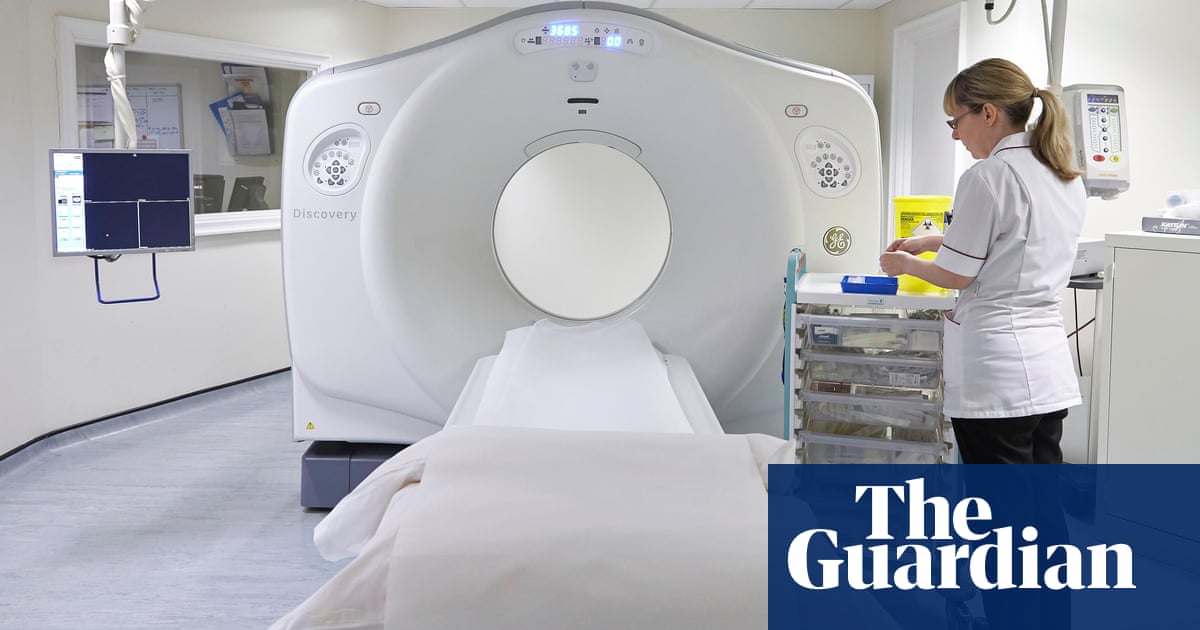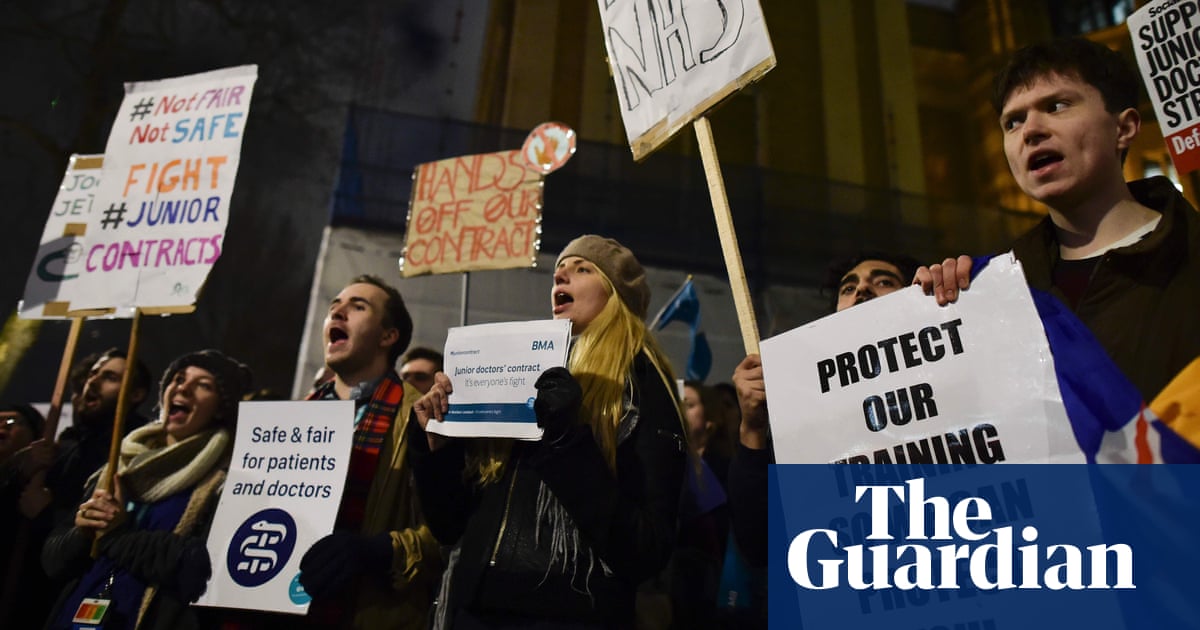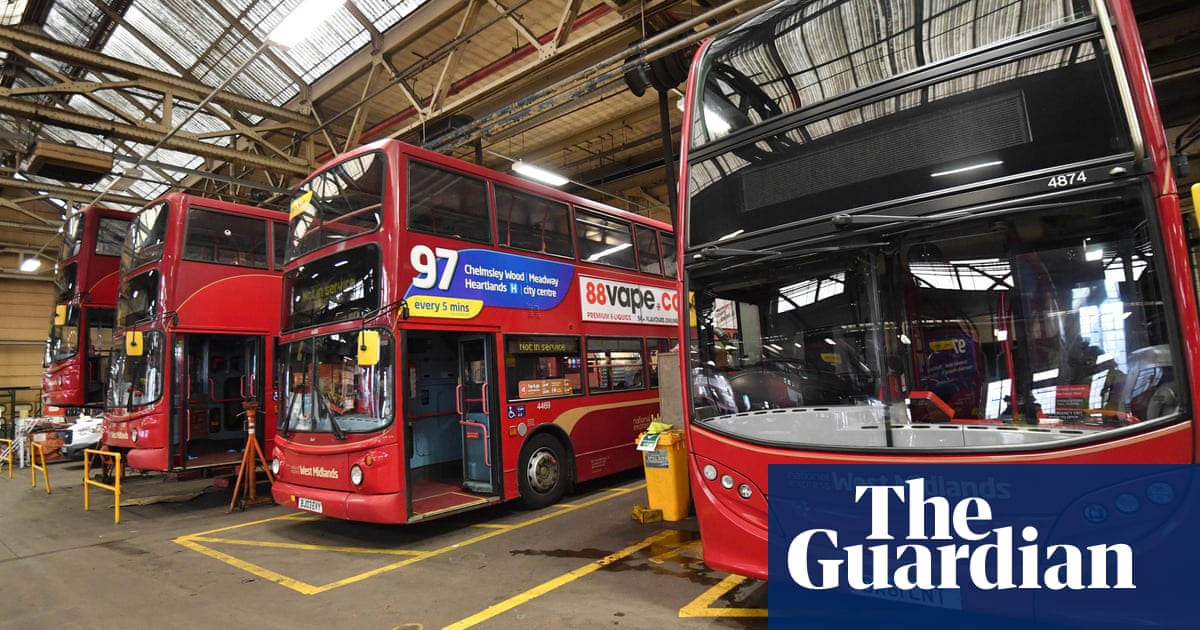
Thousands of radiographers in England have voted to go on strike, the first time they are to take industrial action in the increasingly bitter healthcare pay dispute.
The Society of Radiographers (SoR) secured sufficient turnout and votes in 43 NHS trusts to go on strike in a ballot that closed on 28 June. More than 150 trusts had a majority in favour of action but not all met the turnout threshold.
The SoR, which represents 20,000 radiographers in England, was consulting members about where and when strike action will take place. It is expected to happen in July, the same month that junior and senior doctors are planning almost consecutive strikes.
SoR members voted to reject the government’s pay offer of 5% plus a non-consolidated lump sum for 2022-23. Dean Rogers, the society’s director of industrial strategy, said the offer was “derisory” since radiography professionals “work long hours for pay that has been falling behind average wages for years”.
He said: “Doctors and nurses cannot do their jobs without our members – the radiographers, sonographers, mammographers, therapy radiographers and radiology support workforce. Waiting lists are growing and for a cancer patient awaiting diagnosis and radiotherapy treatment, even a two-week wait can mean the difference between life and death.
“If the government wants to reduce NHS waiting lists and ensure that patients receive the treatment they need, when they need it, then it must urgently prioritise the recruitment and retention of radiography professionals.”
Senior doctors recently voted to join the strikes for the first time in the wider NHS pay dispute, extinguishing health leaders’ hopes that the disruptive industrial action might have been drawing to a close after several unions accepted the government’s pay deal and nurses failed to vote in sufficient numbers for further strike action.
NHS leaders have said they are dreading the consultants’ 48-hour walkout on 20 and 21 July, which will closely follow junior doctors’ five-day strike – the longest such action in NHS history – from 13 to 18 July.
Radiographers who voted to strike include those at University College London hospitals, Liverpool University hospitals and Sheffield teaching hospitals.
Radiographers support nine out of 10 patients in the NHS and are responsible for carrying out X-rays, MRI and CT scans, ultrasounds and breast screening, as well as radiotherapy for cancer patients. The SoR wants the government to offer a higher starting salary and to restore pay levels – which have been eroded by inflation over the past decade – for current staff over several years, starting from 2023-24. It says this would help plug the profession’s 10% vacancy rate.
Rogers said radiographers were feeling “burnt out by low pay”, with many leaving the NHS, and not being replaced in sufficient numbers. He noted that since 2020, just one additional mammographer had been hired by the NHS.
“Currently, radiographers work considerably more than their contracted hours. But while they work longer hours, they have faced real-terms cuts to their pay since 2008. Total average weekly earnings have increased by 55% since 2008, but the wage increase for our members has been less than half that,” he added.
Rogers suggested recruiting more could dramatically cut waiting lists, including for cancer patients, an objective that Rishi Sunak has set as one of his priorities for the year. They would also save on outsourcing costs as many radiographers move from the NHS to higher-paying roles in agencies, he said.
He said this would be more effective in the short term than the proposals laid out in the NHS workforce plan, published on Friday. “As it stands, the plan won’t solve the problems that we have right now: there are not enough radiographers, and patients are at risk. We want a meeting with ministers, so they can explain how the workforce plan would make a difference right now. Cancer patients can’t wait five years.”
This article was amended on 30 June 2023. The headline originally stated that radiographers are to strike for the first time. As the article says, they are striking for the first time in this pay dispute, and the headline has been changed to reflect this. The article was further amended to make clear that nurses failed to vote in sufficient numbers for further strike action, rather than actively voting against it.












